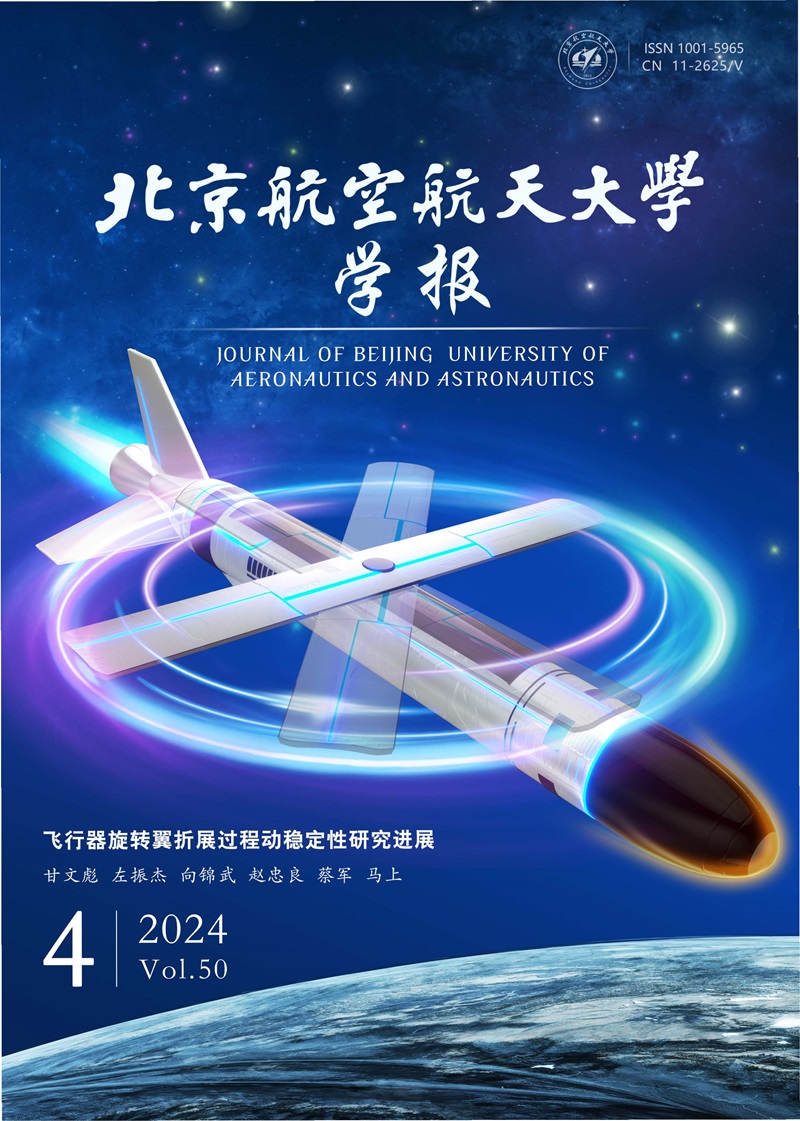2007 Vol. 33, No. 11
2007, 33(11): 1264-1267.
Abstract:
2007, 33(11): 1268-1272.
Abstract:
2007, 33(11): 1286-1290.
Abstract:
2007, 33(11): 1291-1294.
Abstract:
2007, 33(11): 1295-1298.
Abstract:
2007, 33(11): 1321-1324.
Abstract:
2007, 33(11): 1329-1333.
Abstract:
2007, 33(11): 1334-1339.
Abstract:
2007, 33(11): 1362-1366.
Abstract:
2007, 33(11): 1367-1370.
Abstract:
2007, 33(11): 1378-1382.
Abstract:







 XML Online Production Platform
XML Online Production Platform

